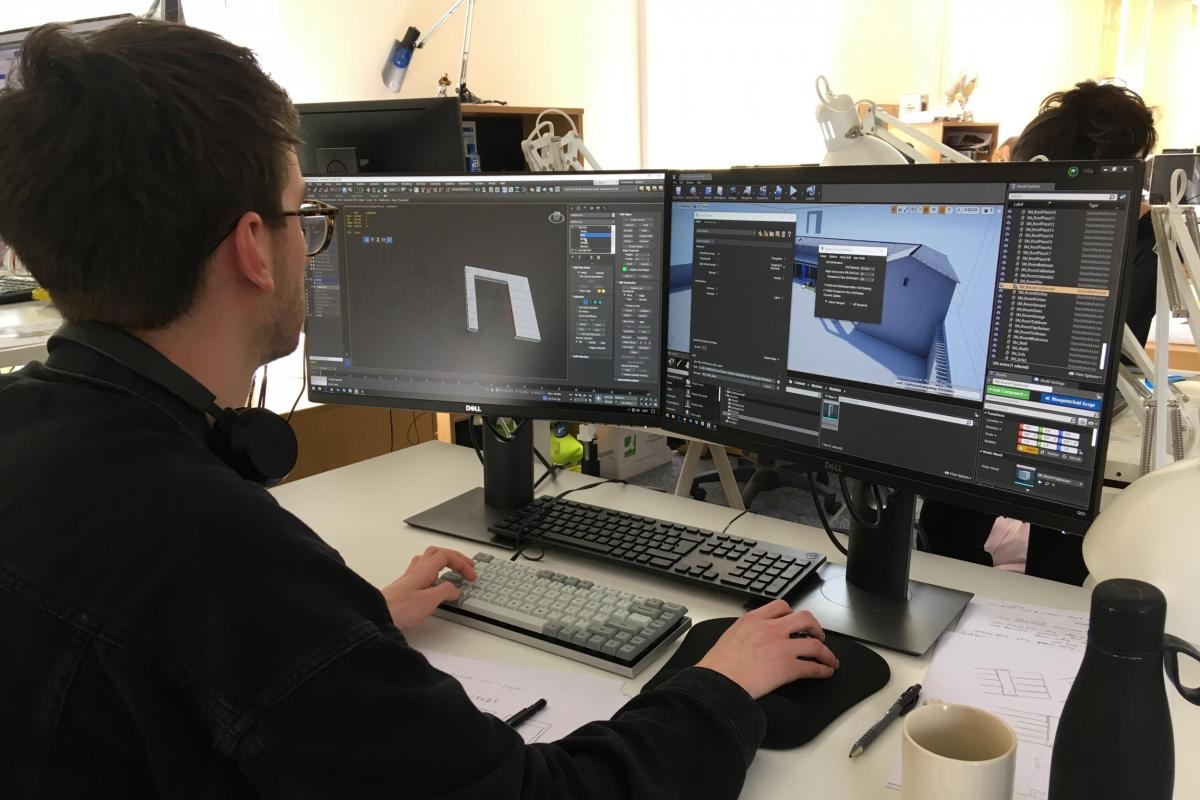Last week, I started as a Graphics Intern here at Wessex Archaeology. I recently finished university, where I studied computer graphics and art for films and games, and now I’ll be using those skills to create interactive, educational experiences. By embracing new technologies like VR, there’ll hopefully be a range of people exposed to archaeology and history who may not have been otherwise – and those that are already interested will be able to explore the things they’re interested in in new ways.

I’ve already started on my first project, an explorable Roman villa. When making things in 3D, you must consider them in a detailed way, working out how they were constructed, and how they work - especially in a context like this, where historical accuracy is vital. Sometimes this can be aggravating when you just can’t work something out, but the amount of data and information I have available here is amazing. Members of staff have written whole books on the dimensions of Roman tiles (!), and those kinds of things are invaluable to me, enabling me to build things accurately and quickly. This is one of my favourite things about making things in 3D: any project I undertake ends up with me learning a vast amount of very specific and detailed information about that subject matter.
On my first day, I met all the different departments, and over the coming months, I look forward to working with them as I tackle different parts of my projects that require their input and expertise, from the style of wall paintings in different rooms, to the plants that are being grown in the villa’s garden. Everyone is so knowledgeable, and passionate about sharing that knowledge, as well as learning what I’m doing and looking at how their department can use 3D to enhance their work.
I’m really looking forward to the coming months, pushing myself as an artist and learning while producing interesting and high-quality work.
